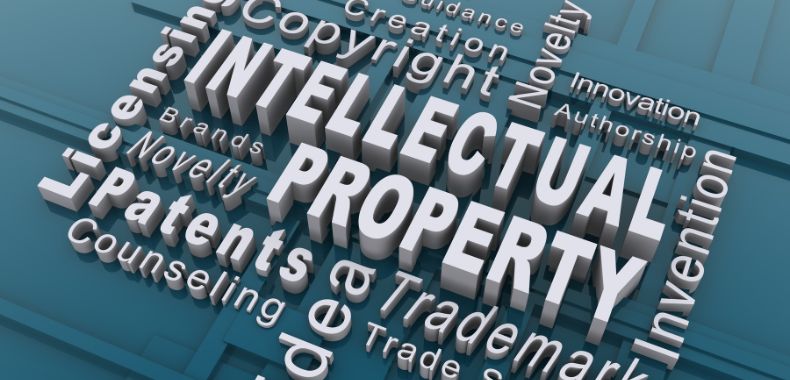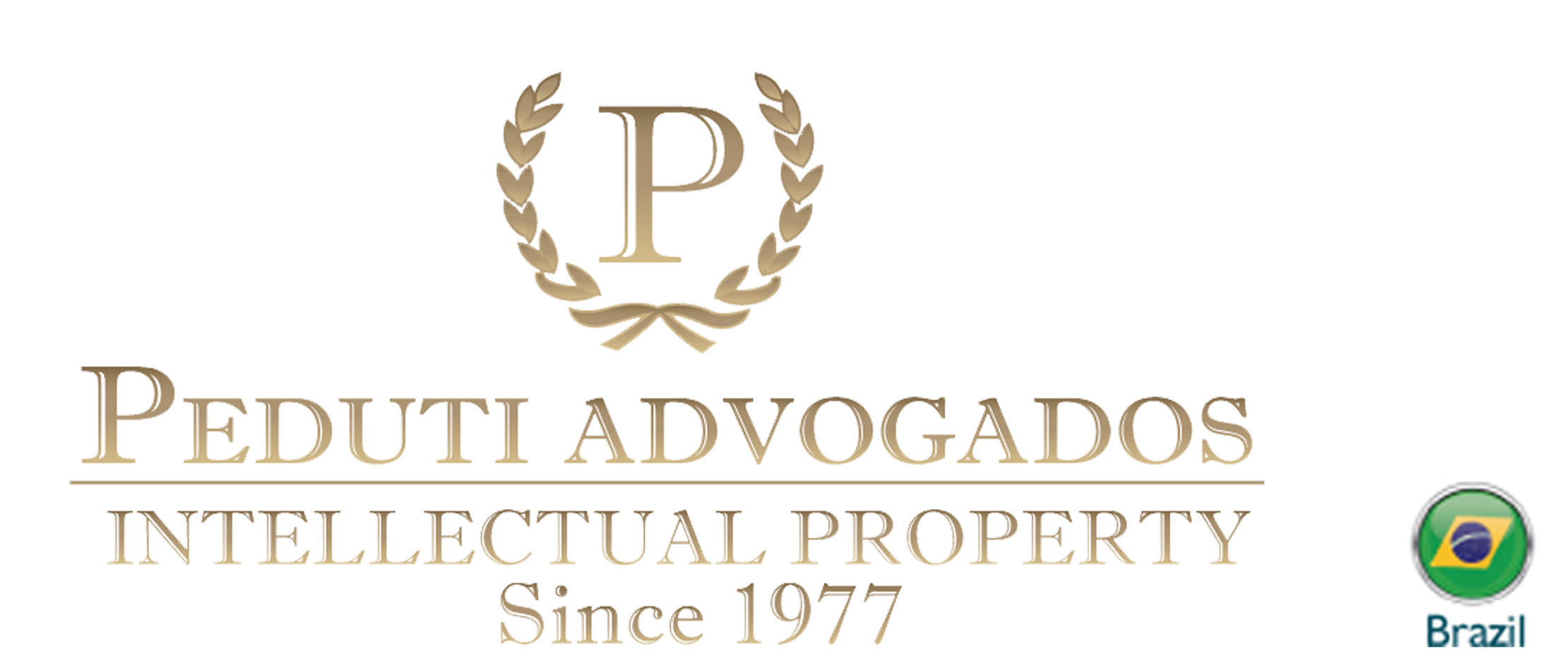Protection and enforcement of intellectual property rights (IPR) is a set of legal tools made available by the legal system. IPR’s sole purpose is to provide effective judicial protection and solve trademark conflicts. Trademark enforcement tools are divided into three different types, which are: infringement actions, nullity proceedings, and extrajudicial resolutions.
Trademark infringement actions include indemnification and inhibitory clauses. It usually entails an injunction directing the infringer to stop using the trademark material; redress claim for material damage, given the reduced value of a business’ brand and the negative impact on its sales; and claim of indemnity for moral damage, which are presumed once a trademark infringement is proven, categorizing what is called moral damage in re ipsa (REsp 1.327.773 – MG, STJ 4ª Turma, Rel Min. Luís Felipe Salomão, j. 02/15/2018).

The trademark and the alleged “inhibitor” are then analyzed using a certain criteria to identify the likelihood of confusion.
The procedure of nullity or revocation of a trademark is discussed according to the brand validity pertaining to the legal requirements included in the Law of Industrial Property. As a declaratory judgment, it refers to a proceeding which seeks the nullity of the administrative decision that confirmed the trademark, written by the competent autarchy, the INPI – Instituto Nacional da Propriedade Industrial.
In addition to the harmonization capability of the nullity proceedings, which determines if the brand meets the trademark registration requirements, they also act as procedural defense against the “inhibitor.” The respondent may try to avoid being convicted for material and moral damage through the trademark revocation that it is actively violating.
Extrajudicial resolutions, in turn, legitimize the use of the trademark policies enforcement since they strive for an amicable resolution before the trademark petition is filed. They also serve as a procedural advantage should the other party come forward with one of its defense arguments.
—
Author: Enzo Toyoda Coppola, Junior Associate at Peduti Advogados.
Source: https://esaj.tjsp.jus.br/cjsg/consultaCompleta.do?gateway=true
—
“If you want to learn more about this topic, contact the author or the managing partner, Dr. Cesar Peduti Filho.”
“Se quiser saber mais sobre este tema, contate o autor ou o Dr. Cesar Peduti Filho.”

